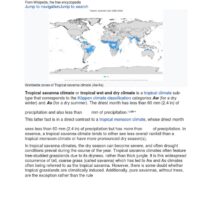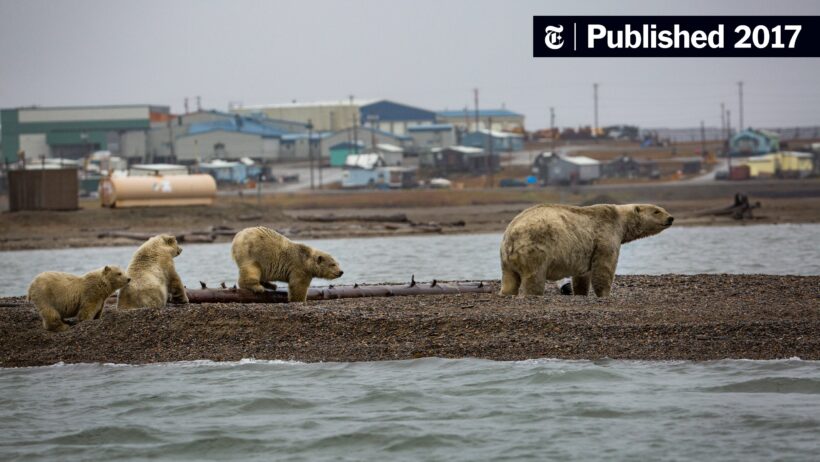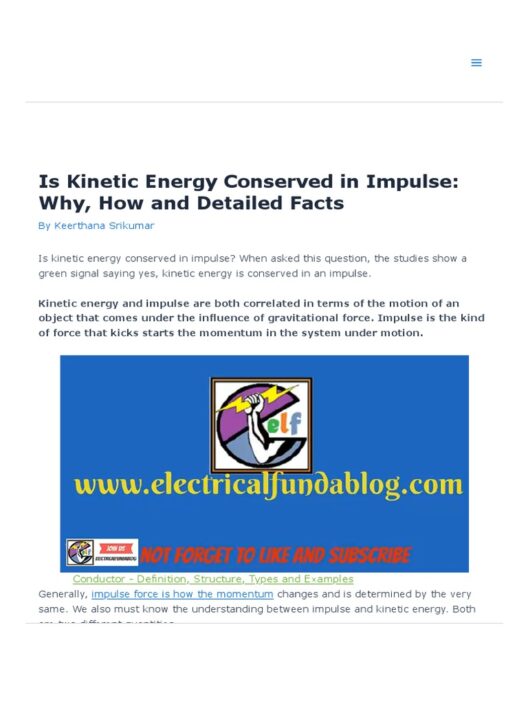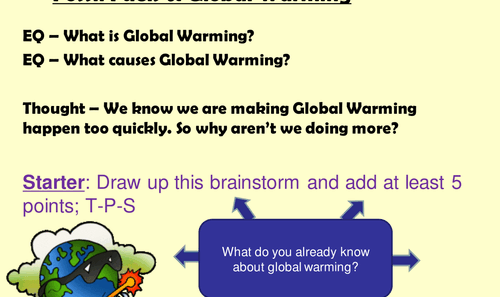The Earth, a grand and diverse tapestry of ecosystems and climates, finds itself woven tighter and tighter by the relentless hands of global warming. This escalating crisis manifests itself eloquently through natural disasters that are becoming more than just climatic anomalies; they are heralds of a new reality. The intricacies of this dire situation paint a hauntingly vivid image: a once-resilient planet now straining under the weight of human activity.
At the core of this tumultuous transformation lies the greenhouse effect, a phenomenon that has been exacerbated by our unyielding fossil fuel consumption. As carbon dioxide and other greenhouse gases accumulate in the atmosphere, they trap heat akin to a suffocating blanket wrapped around the Earth. Each degree of temperature rise leads to catastrophic consequences, magnifying the frequency and intensity of natural disasters. This peculiar yet perilous dance between temperature and extreme weather patterns is not a mere coincidence; it is a profound testament to the interconnectedness of our global ecosystem.
Consider the tempestuous storms that now rage across our landscapes. Hurricanes, once limited in their ferocity, have become behemoths fueled by warmer ocean temperatures. The ferocity of Hurricane Harvey in 2017 serves as a poignant emblem of this trend. The storm’s unprecedented rainfall inundated cities, dismantling communities and bringing life to a standstill, illustrating the merciless nature of Mother Nature when provoked. That storm did more than just wreak havoc; it acted as a reminder of the latent power of water, a substance that can both nourish and destroy.
Similarly, wildfires are raging with an intensity previously unseen. The Western United States often finds itself engulfed in flames, a direct result of prolonged drought conditions and rising temperatures. The images of charred landscapes and smoke-choked skies evoke a sense of loss that transcends mere physical destruction. Forests, once teeming with life, become ghostly remnants of their former selves. These infernos do not discriminate; they affect entire ecosystems, wildlife, and human livelihoods, leaving desolation in their wake. They serve as a metaphorical warning, a reflection of our negligence, as we continue to forge ahead without acknowledging our role in this climatic crisis.
The realm of flooding, too, has undergone a dramatic metamorphosis. As glaciers recede and sea levels rise, coastal communities face an impending deluge. The images captured during the aftermath of Superstorm Sandy are indelibly etched in our collective memory: streets submerged, homes unrecognizable, and lives irrevocably altered. Flooding has shifted from a seasonal nuisance to a persistent threat, transforming once-bustling cities into underwater ghost towns. Ecosystems along riverbanks and coastlines are disrupted, affecting not only human habitation but also the delicate balance of marine life. It is a cruel irony that the very waters that sustain us can swiftly become agents of destruction.
Earthquakes and geological instability are yet another facet of this escalating crisis. Regions not traditionally associated with seismic activity are now experiencing tremors, possibly linked to changes in the Earth’s crust due to melting glaciers and shifting weight distributions. These unexpected quakes serve as a harsh reminder of nature’s unfathomable power, often striking with little to no warning and leaving communities in chaos. The fragility of human constructs becomes glaringly evident when faced with the ancient forces of the Earth, compelling us to confront our vulnerability in the face of natural disasters.
The cascading effects of these natural disasters are multifaceted, impacting not only the immediate area but also reverberating through the global economy and societal structures. Displacement becomes a harsh reality as individuals are forced to leave their homes, creating waves of climate refugees who seek solace and stability. This movement, largely overlooked, breeds conflict over resources and exacerbates existing tensions. As countries grapple with the social implications of climate-induced migration, the fabric of global society is tested.
Moreover, the psychological toll of living in fear of natural disasters is often underestimated. Communities witness their resilience stretched to its limits, as anxiety and uncertainty permeate daily life. The mental health crisis that arises from continuous exposure to catastrophic events manifests in myriad forms, from post-traumatic stress to a pervasive sense of helplessness. This silent struggle adds a layer of complexity to the discourse on climate change, highlighting the urgent need for comprehensive support systems to foster resilience.
As we stand at this critical juncture, it is essential to heed the warning signs issued by our planet. The narratives spun by natural disasters are not isolated tales; they are interconnected threads woven into the broader fabric of climate change. The urgency to address the factors contributing to global warming is undeniable. Renewable energy adoption, sustainable practices, and international cooperation are not mere idealistic visions; they are imperative actions that must be pursued with unwavering determination.
Each natural disaster serves as a wake-up call, demanding our attention. It is a clarion call to foster a symbiotic relationship with the world around us, encouraging stewardship rather than exploitation. The choices made today resonate far into the future. The Earth is a vibrant, living entity, deserving of respect and care. As it faces the escalating crisis driven by global warming, it is up to humanity to rise to the occasion, altering our trajectory from one of destruction to one of preservation and harmony.






